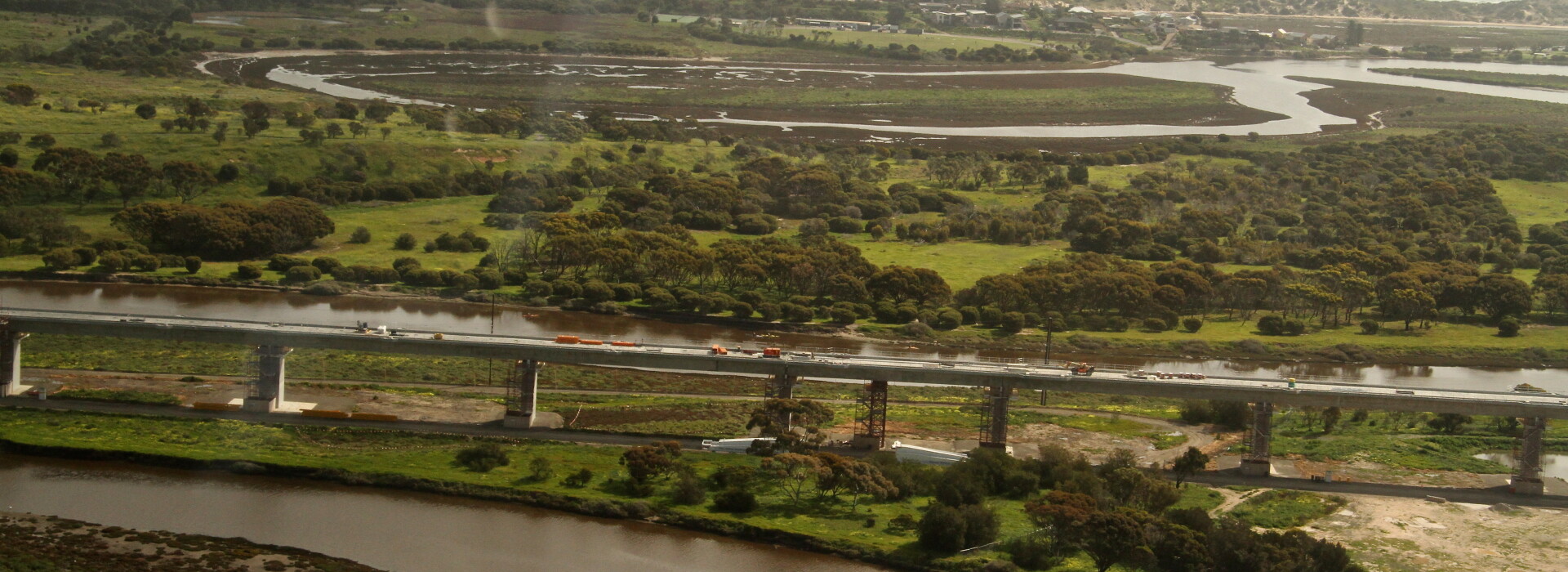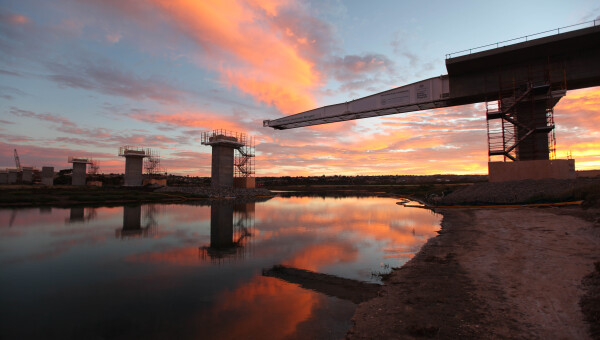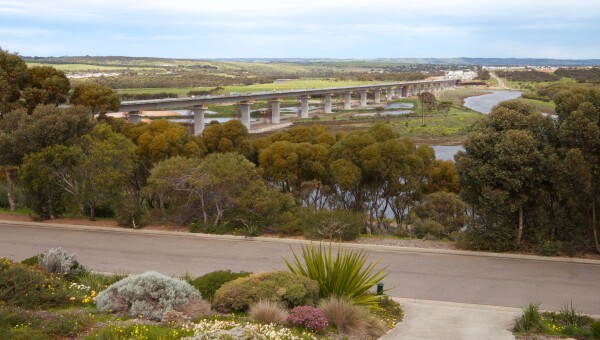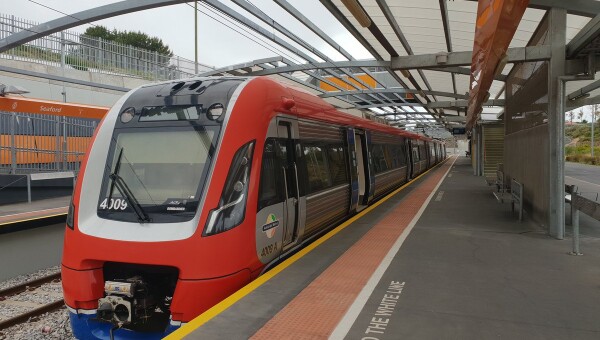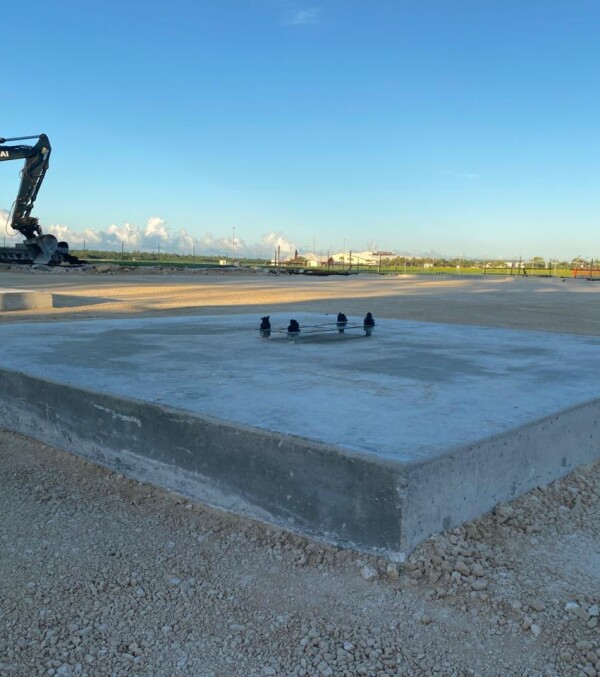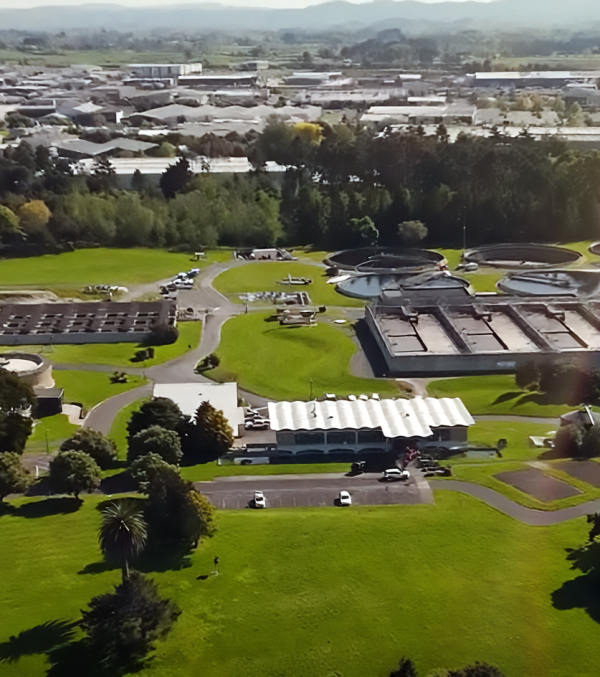|
Customer: Department for Transport and Infrastructure Contract: Design & Construct Location: Adelaide, South Australia
|
Fast Facts
|
We delivered the Seaford Rail Extension - the first major extension of the Adelaide rail network in over 35 years. It involved a 5.7 km extension of the dual track rail line and associated infrastructure from Noarlunga Centre railway station to the Seaford District Centre.
Our scope included the design and construction of new railway stations, Park and Ride facilities, bus interchange, rail car stabling depot, grade separated road bridges over the rail line, pedestrian and cyclist pathways and urban design/landscaping of stations, station precincts and the rail corridor.
Our scope also included the design and construction of a 1.2 km long elevated rail bridge that sat 22 metres over the Onkaparinga River floodplain and River Road, and a rail bridge over Old Honeypot Drive.
The railway line was required to traverse the environmentally sensitive Onkaparinga River floodplain and maintaining water quality in the river and marine environment was a high priority
The environmental footprint of the Project was reduced by adopting an incrementally launched viaduct bridge; the longest incrementally launched bridge in the Southern Hemisphere, and the third longest worldwide. Whilst no bridge piers were located in the river’s channel, a number of piers were located in the tidal area of the floodplain below the surrounding watertable. A coffer dam system was designed to allow the works to be safely constructed below the water table, reducing the number of pile caps and piers and associated construction activities adjacent the river channel and within the floodplain.
The innovative viaduct design maximised prefabrication components offsite in controlled facilities, utilising casting yards onsite. By incrementally launching the bridge, safety risks were minimised, limiting the need for crane lifts, reducing the occurrences of working at heights.
While incrementally launched bridges can be considered conventional structures, it is uncommon for them to be launched from both abutments. This methodology allowed the Team to deliver the best design solution within the required time frame.
All 23 permanent works design packages were delivered on or before the agreed deadlines during the 41 week design program, incorporating numerous changes to the design brief. The project consistently met all milestones including the final completion deadline. with no unscheduled disruptions to road users and the existing rail network.

